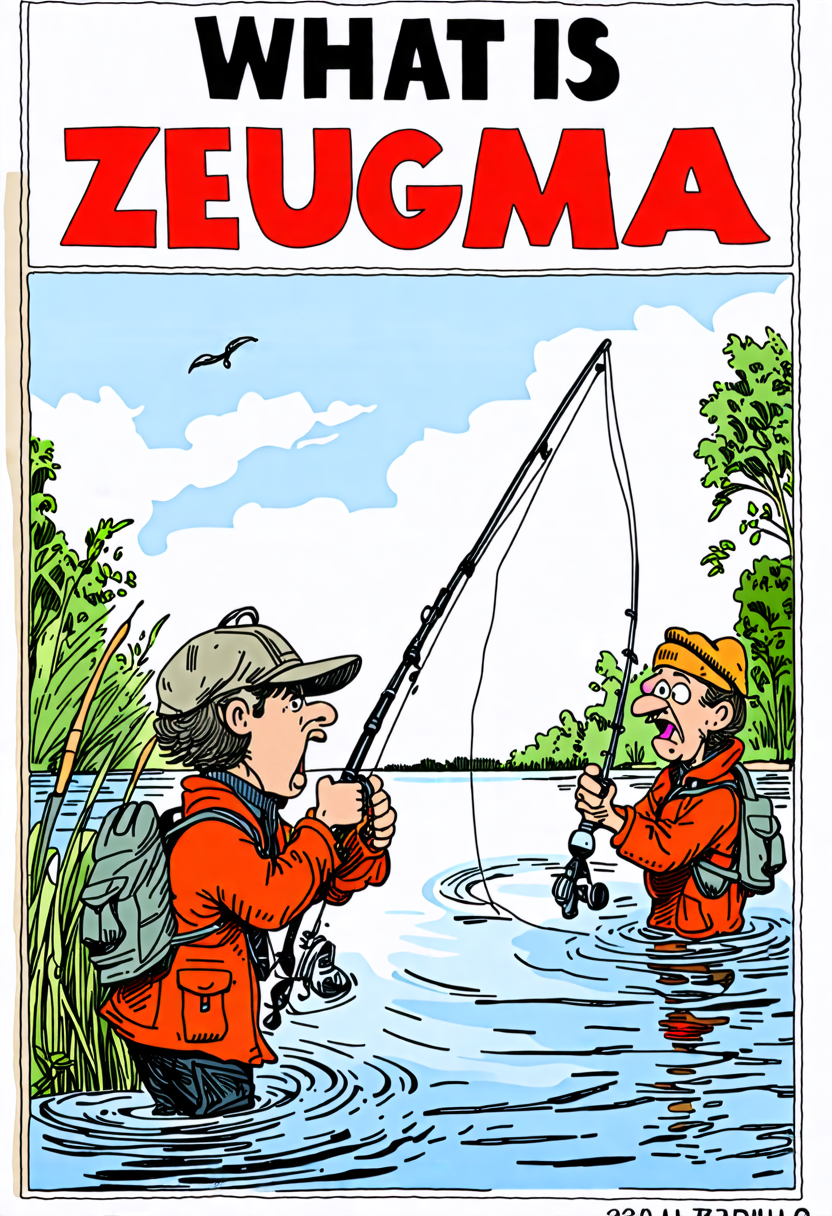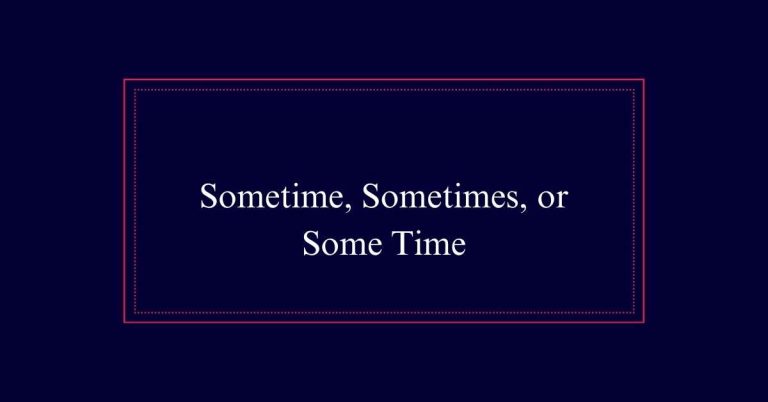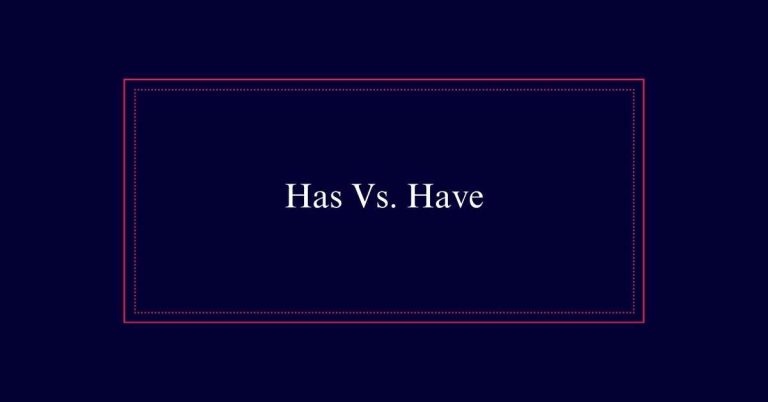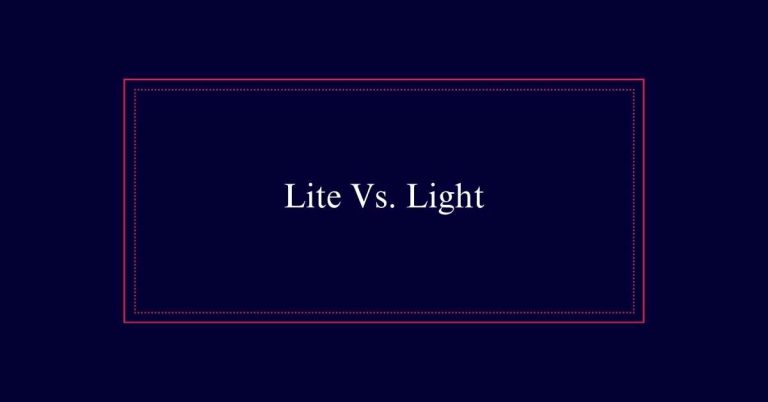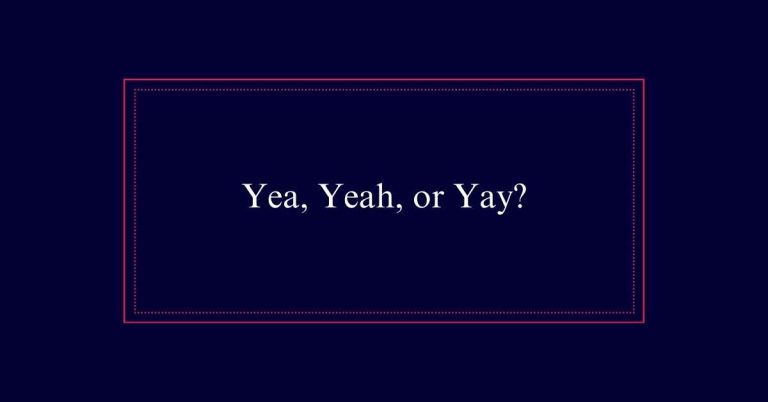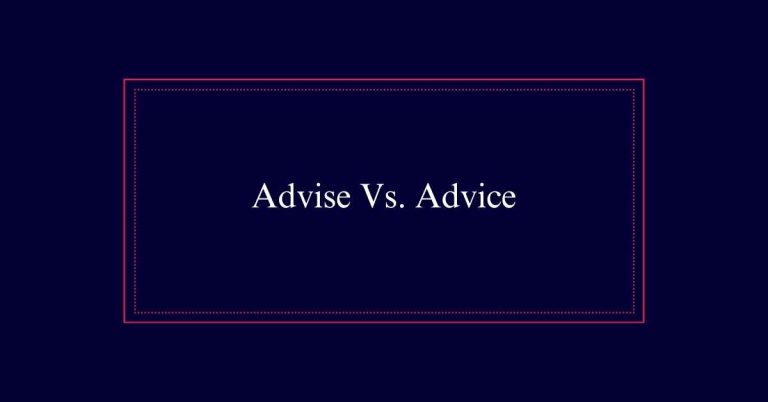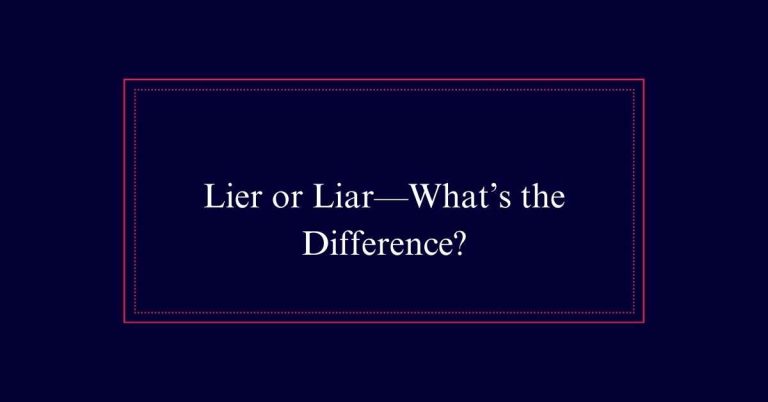What Is a Zeugma? Definition and Examples
A zeugma is a rhetorical device where one word, often a verb or noun, connects multiple parts of a sentence in an unexpected way. This creates interesting juxtapositions or humorous effects. For example, in Charles Dickens’ “He was alternately cudgeling his brains and his donkey,” the verb “cudgeling” links two different objects. Such structures can add vividness and tension to writing.
Understanding Zeugma
Understanding zeugma begins with recognizing its function as a rhetorical device that connects one word to multiple others, often in unexpected ways. This technique juxtaposes different ideas by linking them through a single governing word.
For instance, in ‘She lost her patience and her car keys,’ the verb ‘lost’ applies to both ‘patience’ and ‘car keys,’ creating an intriguing contrast. The primary purpose of using zeugma is to add stylistic flair to writing, making it more engaging and impactful. It can convey humor, drama, or emphasis, depending on the context.
However, zeugma should be used sparingly to maintain its effectiveness. Properly executed, it showcases a writer’s linguistic creativity and ability to craft vivid, memorable sentences.
Definition of Zeugma
Essentially, a zeugma is a rhetorical device that links one word to multiple others, often in unexpected ways. It typically involves a single verb or noun that connects different parts of a sentence. The word governs or modifies two or more parts, but only one of these connections is logical or grammatically correct.
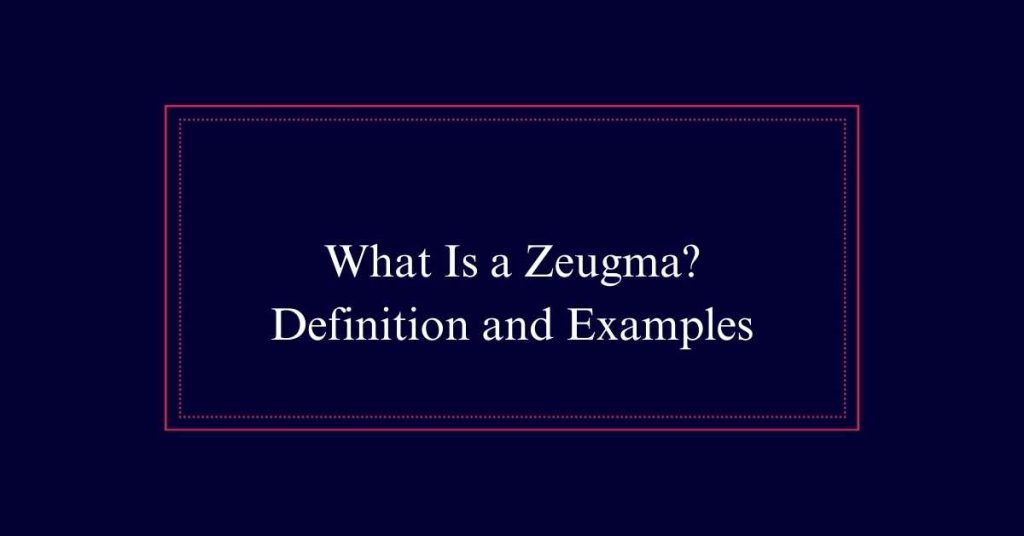
This creates a striking effect by juxtaposing dissimilar ideas. Zeugma can add humor, drama, or emphasis to writing by combining elements that wouldn’t usually go together. This device showcases a writer’s creativity and command of language.
Examples of Zeugma
To illustrate the concept of zeugma, consider the following examples from literature. Lewis Carroll wrote, ‘They sought it with thimbles, they sought it with care,’ where ‘sought’ governs both ‘thimbles’ and ‘care.’
In J.R.R. Tolkien’s work, “She took the point at once, but she also took the spoons,’ the verb ‘took’ links two different objects, creating a humorous effect.
Mark Twain’s ‘They covered themselves with dust and glory’ uses ‘covered’ to bind two vastly different ideas, adding richness to the narrative.
Charles Dickens’ ‘He was alternately cudgeling his brains and his donkey’ employs zeugma to juxtapose physical and mental effort.
These examples highlight zeugma’s power to blend disparate elements for stylistic impact.
Effect of Zeugma
Zeugma can transform ordinary sentences by infusing them with dramatic tension, humor, or vivid imagery. This rhetorical device forces readers to engage deeper by creating unexpected links between words.
For instance, in the phrase ‘He stole my heart and my wallet,’ the verb ‘stole’ applies to both ‘heart’ and ‘wallet,’ generating a striking contrast. Such usage can add layers of meaning, making writing more engaging and memorable.
When to Use
Employing zeugma can greatly enhance writing when aiming to add emphasis, humor, or stylistic flair. Use zeugma sparingly to avoid overwhelming the reader. It is most effective in creative writing, speeches, or dialogue where a unique touch is desired.
A well-placed zeugma can highlight contrasts or similarities, creating a memorable impact. This rhetorical device works best when the writer wants to draw attention to a particular point or to inject humor into a narrative. However, overuse can lead to confusion or diminish its effect.
Choose moments where the zeugma aligns perfectly with the message and tone. Mastering its use showcases a writer’s skill and understanding of language nuances.
Pronunciation Guide
Understanding how to pronounce ‘zeugma’ correctly is important for discussing this rhetorical device with confidence.
The correct pronunciation is ZOOG-muh. Breaking it down, the first syllable sounds like ‘zoog,’ which rhymes with ‘book.’ The second syllable is pronounced like ‘muh,’ similar to the sound in ‘comma.’
Knowing this helps you communicate effectively about this stylistic tool.
Mastering the pronunciation guarantees that you can discuss zeugma in both casual and professional settings without hesitation.
It also demonstrates your grasp of linguistic terminology. When talking about literary devices, clear and correct pronunciation is essential for maintaining credibility and fostering better understanding among your audience.
Creating a Zeugma
To craft a zeugma, start by identifying the specific effect or emotion you wish to convey in your sentence. Choose a governing word, often a verb or noun, that can link two disparate ideas or objects.
Make sure that this word fits logically with only one of the connected elements. This mismatch creates the desired tension and impact. Arrange your sentence to highlight the contrast between the linked elements.
For example, in ‘She broke his heart and his car,’ the verb ‘broke’ applies logically to ‘car’ but metaphorically to ‘heart.’ This duality adds depth and interest.
The goal is to create vivid imagery and emotional resonance through this unconventional phrasing.
Zeugma Vs. Syllepsis
Zeugma’s complexity often leads to confusion with syllepsis, though the two have distinct differences. Zeugma involves linking a single word to multiple parts of a sentence, even if it doesn’t logically fit all elements.
For example, “She broke his heart and his car.”
Syllepsis, a subtype of zeugma, uses a single word to apply to two others but in different senses. An example is, “She caught the train and a cold.”
In syllepsis, the word “caught” has a literal meaning for the train and a figurative one for the cold. Understanding these nuances helps writers use these devices effectively, enhancing their prose with precision and flair.
Literary Examples
In literature, zeugma is frequently employed to create memorable and impactful sentences.
For instance, Charles Dickens masterfully uses zeugma in ‘He was alternately cudgeling his brains and his donkey,’ combining physical and mental exertion humorously.
Mark Twain’s ‘They covered themselves with dust and glory’ juxtaposes the mundane with the triumphant, creating a vivid image.
J.R.R. Tolkien’s ‘She took the point at once, but she also took the spoons’ adds a playful twist by mixing literal and figurative meanings.
Amy Tan’s ‘We were partners, not soul mates, two separate people who happened to be sharing a menu and a life’ underscores relational complexity through parallel structure.
These examples illustrate zeugma’s power in enriching literary expression.
